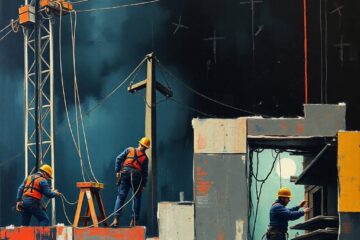Noise induced hearing loss is a type of hearing damage that can be caused by prolonged exposure to loud noises. It can lead to permanent hearing loss and tinnitus, which is a ringing in the ears. If you are exposed to loud noises on a regular basis, it is important to take steps to protect your hearing.
What is noise induced hearing loss (NIHL)?
Noise induced hearing loss (NIHL) is a type of permanent hearing damage that can be caused by exposure to loud noise. It occurs when the hair cells in the inner ear are damaged from loud noise. Noise induced hearing loss is usually gradual and painless, but it can lead to permanent hearing loss and tinnitus (ringing in the ears).
What causes NIHL?
NIHL can be caused by exposure to any loud noise, but it is most often caused by exposure to loud noises at work. Some common sources of workplace noise include machinery, power tools, and vehicles. NIHL can also be caused by exposure to loud music, either from live concerts or from using headphones or earbuds with the sound turned up very loud.
In laymans terms, sound waves travel through the ear and hit the eardrum. The eardrum vibrates and sends these vibrations to the three tiny bones in the middle ear. These vibrations then travel to the cochlea, which is filled with fluid and lined with hair cells. The hair cells convert the vibrations into electrical signals that are sent to the brain. When loud noise damages the hair cells, they can no longer send these electrical signals to the brain. This results in hearing loss. Unfortunately, once the hair cells are damaged , they cannot regrow or be repaired.
While often noise induced hearing loss is developed over time, sometimes someone is exposed to a significant noise that can cause immediate hearing loss. This is called acoustic trauma and can be caused by exposure to a very loud noise, such as an explosion or gun shot.
There is also evidence that exposure to hand-arm vibration (HAV) and whole-body vibration (WBV) exacerbates the effects of noise on hearing.
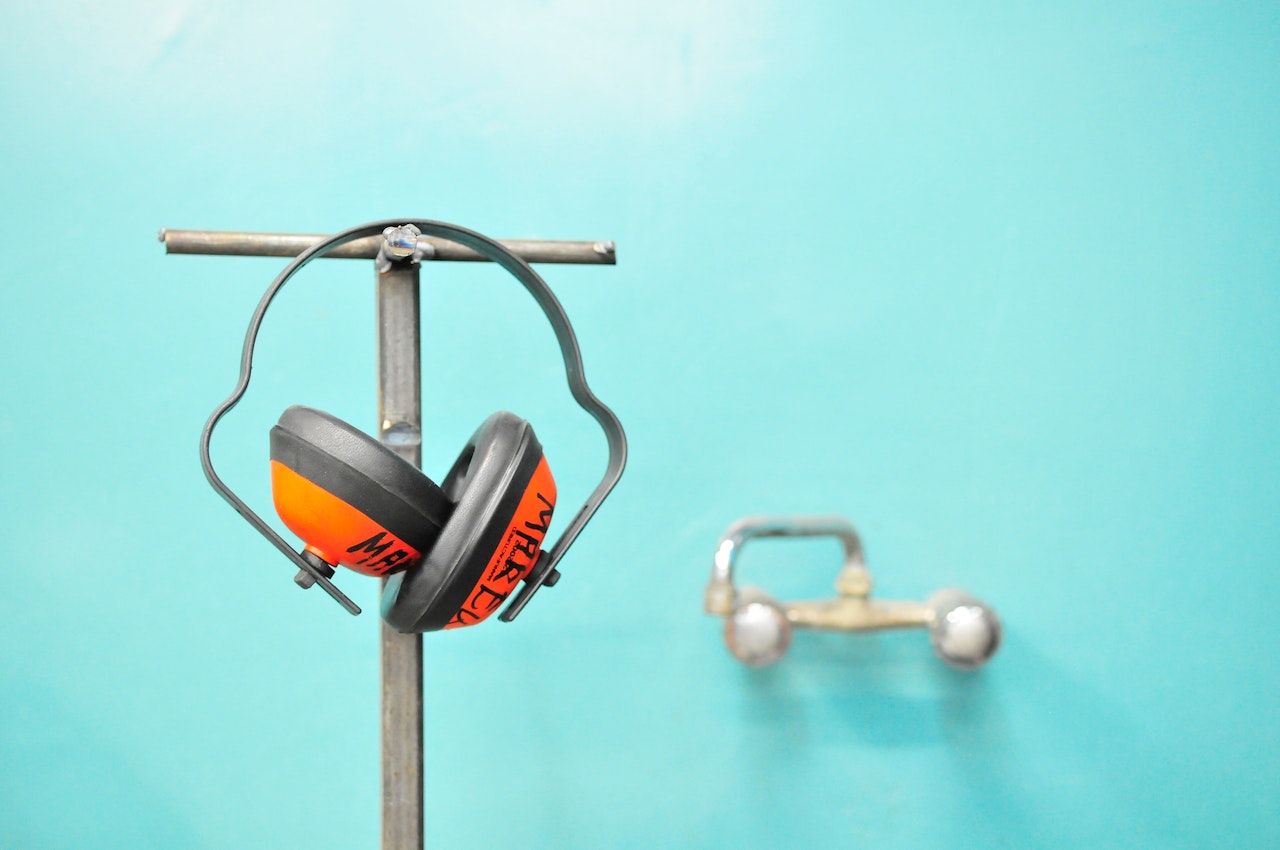
What are the symptoms of NIHL?
The symptoms of NIHL can be different for each person. In some cases, people with NIHL may not have any specific symptoms at first. The most common symptom of NIHL is a gradual loss of hearing. You may not notice the hearing loss at first, but it may become more difficult to hear high-pitched sounds, such as childrens voices or the sound of birds chirping.
As the damage from noise exposure progresses, the following symptoms may develop:
- Trouble hearing conversations or other sounds
- Ringing in the ears (tinnitus)
- Pain or discomfort in the ears
- Dizziness or balance problems
- Muffled hearing
When someone suffers from noise induced hearing loss, they can’t recover their hearing, once it is gone, it is gone.
People who have a noise-induced hearing loss have a loss in the high frequencies where the primary consonant sounds are. The speech cues are in the higher frequencies, this can result in difficulty hearing conversation and make it hard to follow what is being said.
What tools and equipment can cause NIHL?
All workplaces are different, and what tools and equipment they use, and how they use them are different. But even offices can cause noise induced hearing loss if there is a lot of background noise and people yelling to be heard over others.
The following list includes some of the more common tools and equipment that can cause NIHL:
- Power Tools
- Chain Saws
- Leaf Blowers
- Snow Blowers
- Lawn Mowers
- Construction Equipment
- Machinery
- Factory Equipment
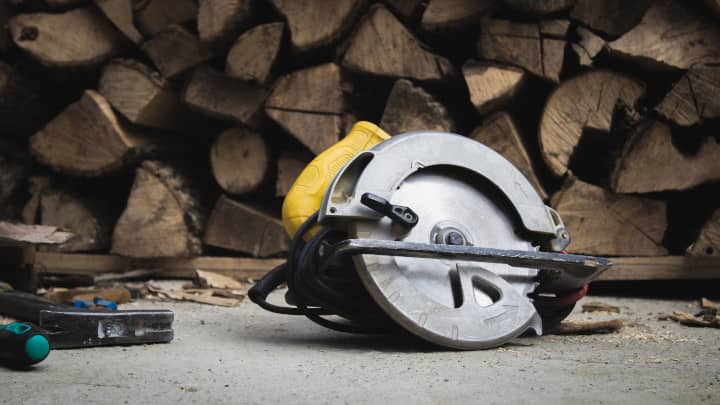
At what volume can my hearing be damaged?
How quickly NIHL develops depends on how loud the noise is, how long you are exposed to it, and whether you are using hearing protection. In general, the louder the noise, the less time it takes for NIHL to develop.
What are acceptable decibel levels?
There are two ways to measure noise. One is for “peak” or irregular noise, and the other is for noise across an eight-hour shift.
Over the course of eight hours at work, employees should not be exposed to noise levels beyond 85 dB. Lawnmowers, leaf blowers, and blenders all operate at about 85 decibels. Depending on the exposure period and decibel level, this rule can vary. The risk, for instance, is the same at 91 decibels over two hours as it is at 85 decibels over eight hours.
Noise exposure for workers must not exceed 140 dB. Any exposure above this point could cause immediate hearing impairment. Gunshots or sledgehammering can be as loud as 140 dB or more.
When noise exposure is continuous, workers must be exposed to no more than 85 dB for eight hours. If the noise exposure is intermittent, such as from jackhammers, the maximum exposure over any 15-minute period should not exceed 100 decibels
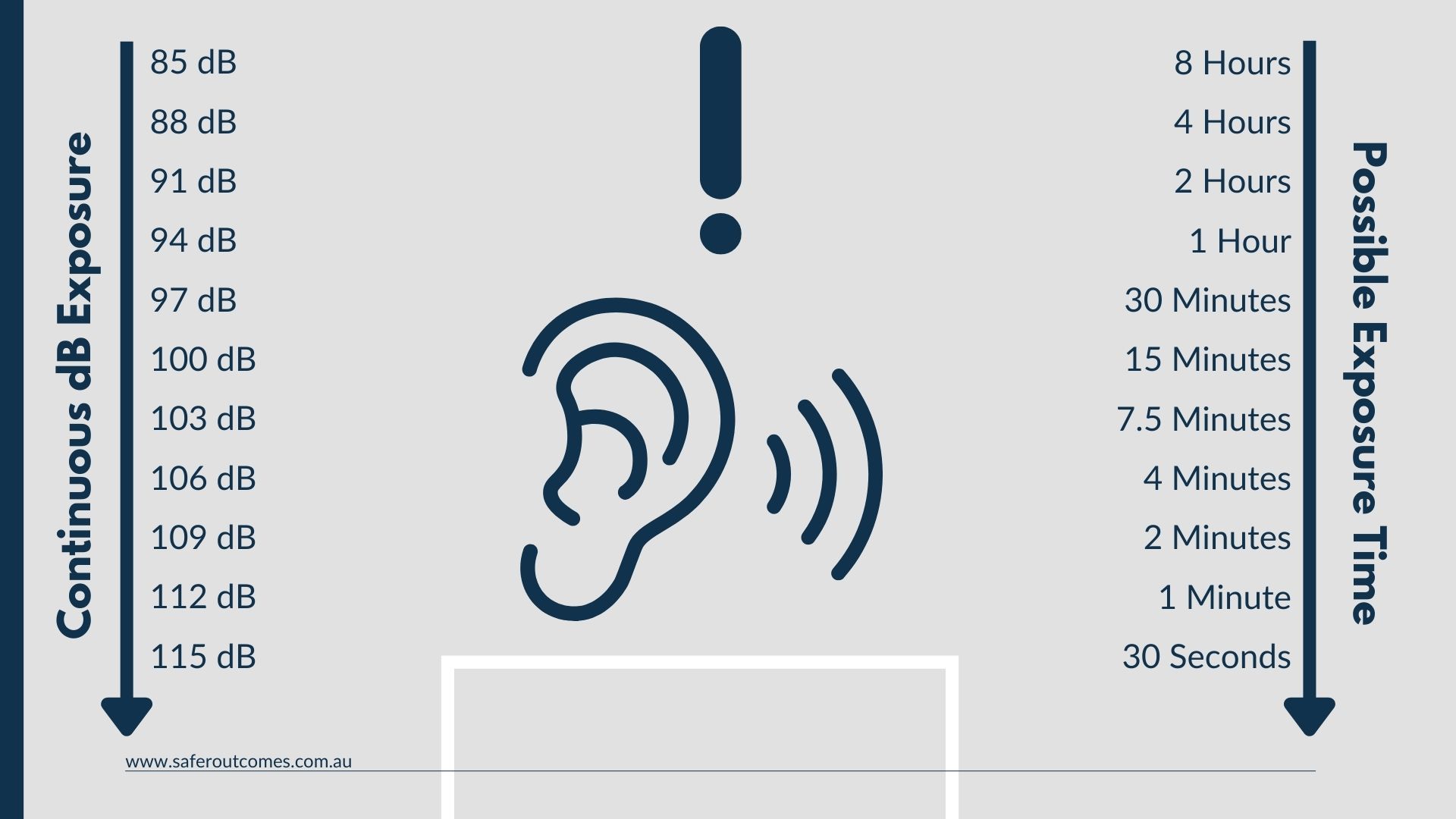
How do I measure noise in my workplace?
If you’re concerned about noise in your workplace, you can measure it yourself with a sound level meter. You can purchase these devices online or from safety equipment suppliers.
Noise should be measured by an experienced person such as a hygienist, however if you or an an employee has experience or training they can also conduct the testing.
How to find noise hazards in my workplace?
To help control the noise risk, and prevent noise induced hearing loss, a hazard identification process should be conducted with the help of workers who may be affected by the noise. This process involves:
- Identifying the sources of noise in the workplace
- Determining how many people are exposed to the noise and for how long
- Assessing the risk by measuring the noise levels
- Reviewing the results of the assessment with employees who may be affected by the noise
- Based on these results, deciding what controls need to be used
Remember, when conducting the noise hazard identification checklist you should consider the following:
- The noise when different tasks are completed
- The noise when the equipment is used under different conditions or at different speeds
- The noise when the equipment is not properly maintained or is old and needs replacing
- The noise from other sources in the area, such as ventilation fans or air conditioning units.
- Whether workers have been exposed to other noise hazards during the course of their career which may have increased their risk of NHIL
- What controls are already in place
- Whether the way the tasks are completed meet manufacturer guidelines
A noise hazard identification checklist will enable you to:
- identify who is most at risk of noise induced hearing loss
- identify where the noise is coming from
- determine the level of noise exposure
- identify what current controls measures are in place and whether they are working
- what control measures might be able to be introduced
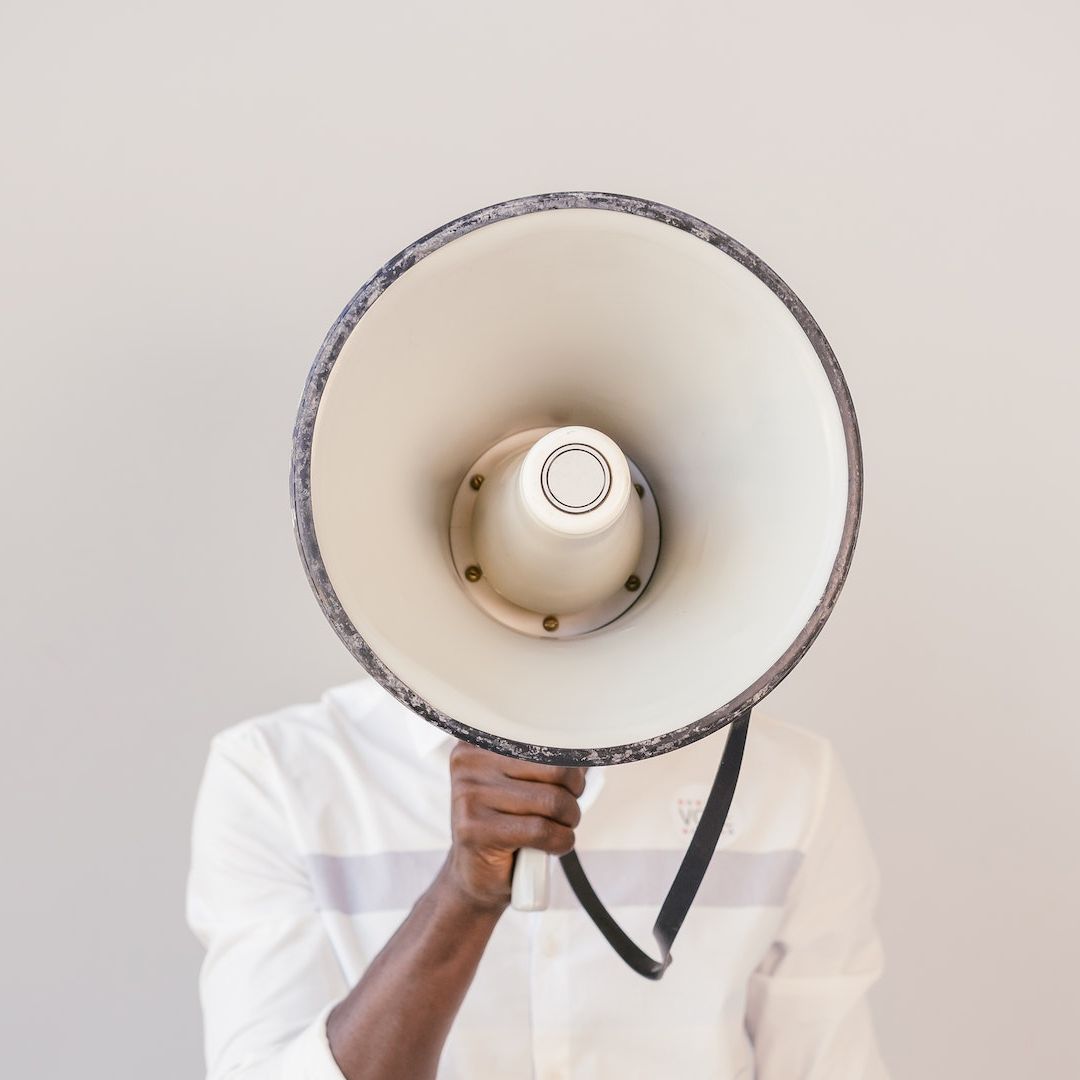
Using the hierarchy of control on noise hazards
The hierarchy of control is the most widely used way of reducing the risk of NHIL in the workplace. The hierarchy of control is a system to help you decide the best way to eliminate or minimise a hazard. It ranks control measures from the most effective at eliminating the hazard, to the least effective.
The control measure should always aim to eliminate the hazard if possible, and if not, it should aim to minimise exposure as much as possible.
The hierarchy of control is as follows:
Elimination
This is the most effective way to control a hazard and involves removing the hazard from the workplace. For example, if a particular task is creating too much noise, it may be possible to eliminate that task completely in the workplace, or just not use the machine that make the loud noise.
Substitution
This involves replacing the hazard with a less hazardous one. For example, if a particular machine is creating too much noise, it may be possible to substitute it for a quieter model.
Isolation
Isolation is a common and effective way to manage noise hazards in the workplace. It involves placing a barrier between the worker and the noise source. There are many ways to achieve this including:
- Enclosing the noise source in a soundproofed box or room
- Installing sound-absorbing materials around the noise source
- Positioning the noise source further away from workers
- Using remote controls so operators can be further from the equipment
Engineering controls
This involves using physical means to reduce exposure to the hazard. For example, modifying the equipment to be less noisy, only if recommended by manufacturers however.
Administrative controls
Administrative controls are usually the first step in controlling a noise hazard, as they are relatively easy and inexpensive to implement; however they are one of the least effective controls as it relies on workers’ compliance and understanding of the rules and procedures. Administrative controls involve:
- Restricting the amount of time workers are exposed to noise
- Providing information and training on the risks of NHIL and how to control them
- Ensuring that workers are using the correct PPE for the task
- Monitoring noise levels in the workplace and conducting regular hearing tests for employees
- Changing the way work is carried out or scheduled to minimise exposure to noise
PPE
Personal protective equipment is the last, and least effective control on the hierarchy of control but is still an important way to protect workers from noise exposure. PPE includes earplugs, earmuffs and other forms of hearing protection.
When using PPE as a control measure it is important to:
- Make sure the PPE is suitable for the task and fits the wearer properly
- Ensure that workers know how to use the PPE correctly
- Conduct regular maintenance and checks on PPE
- Monitor exposure to noise even when using PPE to ensure that it is effective
Noise induced hearing loss is a serious problem that can have debilitating consequences for workers. It is important to be aware of the risks and take steps to control exposure to noise in the workplace. Using the hierarchy of control is the most effective way to reduce the risk of NHIL, but all control measures should be considered to ensure the best possible protection for workers.
Types of hearing protection
There are several different types of hearing protection, and which one you choose will depend on the specific noise hazard you are facing, as well as the preferences of the individual worker. Some common types of hearing protection include:
Rolldown foam ear plugs

Pros
- convienent
- cheap
- fits most ears
- Can be used multiple times
Cons
- Needs practice to get correct insertion
- Need to be inserted correctly to get the most benefit
- Can be uncomfortable for some people
Reuseable ear plugs
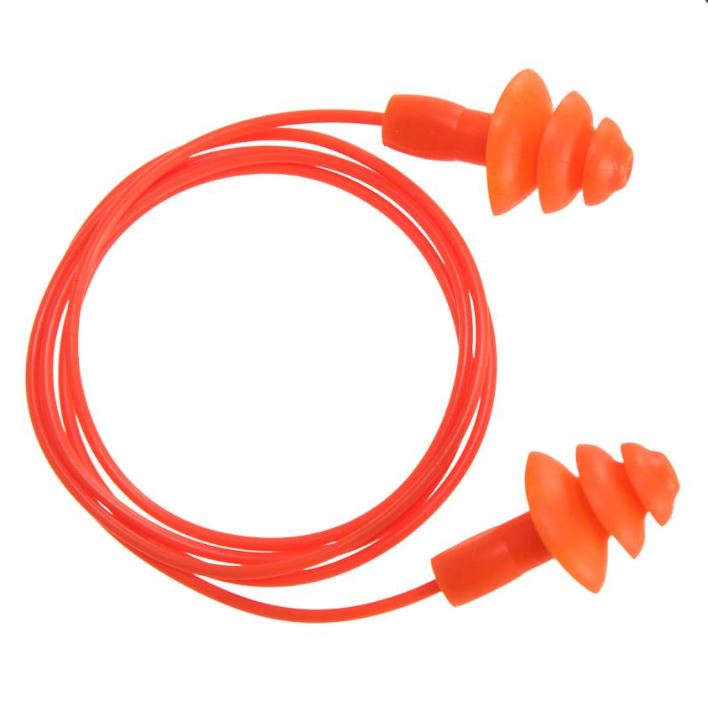
Pros
- Many have flanges and handles
- Come in different sizes
- Come with cords, convenient to carry
- Re-useable
- Washable
- Don’t need to roll them
Cons
- Must be kept clean
- May not fit all ear canals
Custom molded ear plugs
Pros
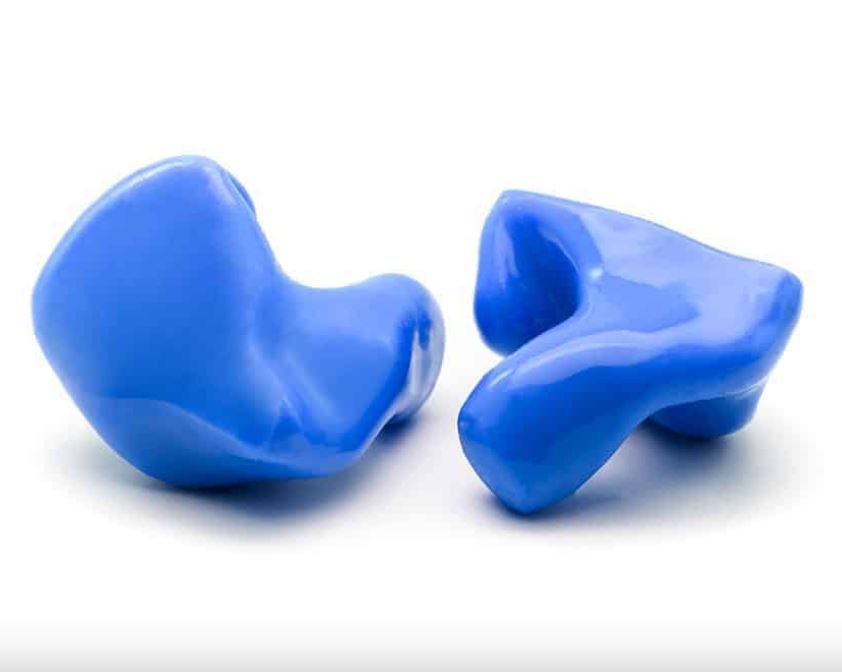
- Always a perfect fit
- Re-useable
- Comfortable
Cons
- Requires fitting/molding by a professional
Canal caps
Pros
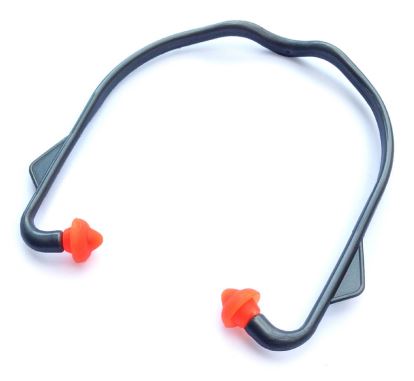
- Good for in and out of hazardous noise areas
- Convenient
- Cheap
- Disposable
Cons
- May not fit all ear canals snugly
- Don’t provide as much protection as other hearing protection
Ear muffs
Pros
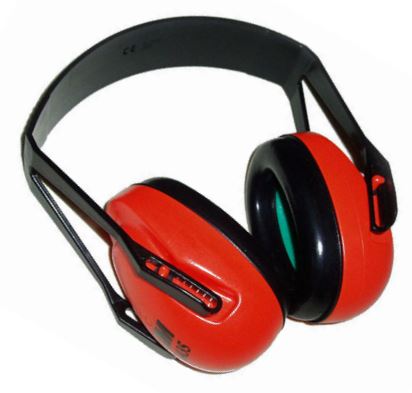
- Effective at blocking noise
- Comfortable for most people
- Easy to use and wear
- Easy to take on and off
- Fit most people
- Easy to keep clean
- May be preferable in certain environments
Cons
- Can be hot and sweaty in summer
- Can be difficult to wear with other PPE such as safety glasses
What should a worker do if they believe they are suffering from NIHL?
If a worker believes they have noise induced hearing loss they should :
- Notify their manager or supervisor
- Consult with their GP or an Audiologist
- Have their hearing tested
- If NIHL is diagnosed, the worker should inform their employer and follow any recommended treatment plan
What is the treatment for noise induced hearing loss?
There is no cure for noise induced hearing loss, but there are treatments that can help to manage the symptoms and make it easier to live with. These include:
Hearing aids
Hearing aids can help to amplify sounds so that they are easier to hear. There are many different types of hearing aid available, and which one is best will depend on the individual’s needs.
Assistive listening devices
These devices can be used in conjunction with hearing aids or on their own. They can help to amplify sounds in specific situations, such as when watching television or using the telephone.
Tinnitus management
There is no cure for tinnitus, but there are treatments that can help to manage the symptoms. These include sound therapy, relaxation techniques and counselling.
Noise reduction
Avoiding exposure to loud noise is the best way to prevent further damage to your hearing. If you can’t avoid exposure to loud noise, then wearing ear protection can help to reduce the risk of further damage.
Workplace policies and procedures
Employers have a responsibility to protect workers from noise induced hearing loss. This includes having policies and procedures in place to control exposure to noise, as well as providing training on the risks and how to reduce them.
Hearing conservation programs
These are programs that are designed to prevent noise induced hearing loss. They typically involve monitoring noise levels, providing education and training on the risks of noise exposure, and fitting workers with appropriate hearing protection.
Noise induced hearing loss is a preventable condition, and it’s important to be aware of the risks. If you work in a loud environment, make sure you take steps to protect your hearing. This includes wearing ear protection when necessary, and being aware of the signs and symptoms so that you can seek treatment early if you do start to experience problems.
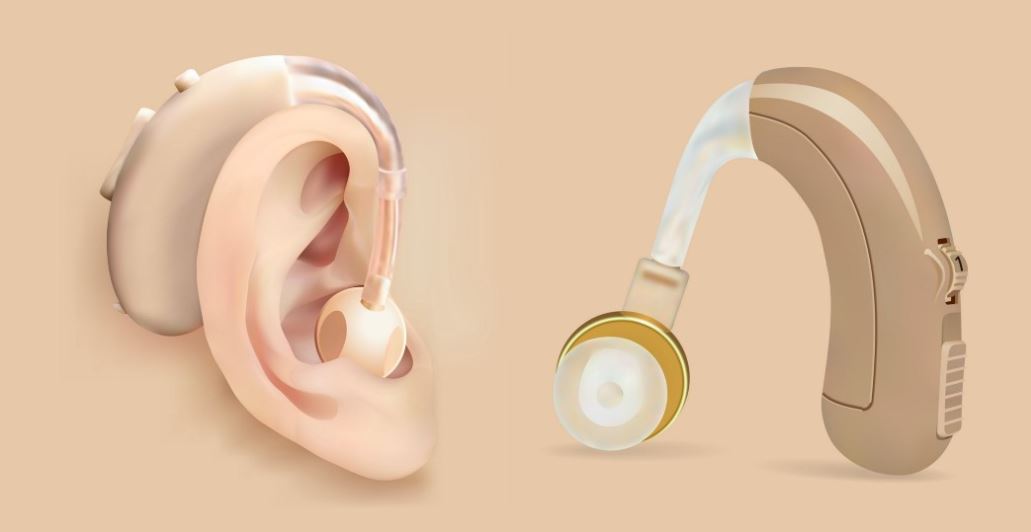
Do I need a safe work method statement for noise?
No. Safe work method statements are only required for high risk construction work, of which noise is not included. However, you should have noise controls in place to protect workers from exposure to hazardous noise levels. These can be outlined in your safety management system or workplace health and safety plan.
Noise induced hearing loss toolbox talks
Noise induced hearing loss is a serious problem that can have debilitating consequences for workers. It is important that your workers are aware of the hazards and risks associated with working with loud noise whether it is for short or long periods of time, as well as the measures that should be taken to protect themselves.
Toolbox talks are an effective and easy way to deliver this information.
Some things you might want to cover in a NIHL toolbox talk include:
- What is noise induced hearing loss?
- How can exposure to loud noise damage my hearing?
- What are the symptoms of noise induced hearing loss?
- How can I protect myself from exposure to loud noise at work?
- Tips for using hearing protection effectively
- What should I do if I think I am suffering from NIHL?
When delivering a toolbox talk you should:
- Make it interactive – ask questions and encourage discussion
- Keep it short and to the point
- Make sure everyone understands the information being presented
- Keep it relevant to the work your employees are doing
Noise induced hearing loss resources
There are plenty of free and budget friendly resources available to help you ensure that your workers don’t suffer from NIHL such as:
Signs and posters
You can find a range of signs and posters on various websites that you can use to raise awareness of the dangers of exposure to loud noise and the importance of using hearing protection.
Checklists
You can use checklists to assess the noise levels in your workplace and identify any areas where improvements need to be made.
Training materials
There are a number of training courses available online that can help you educate your employees about the risks of exposure to loud noise and how to protect themselves.
Regulatory bodies
Each state has a work health and safety regulator who can provide information and advice on noise induced hearing loss and other workplace health and safety issues
You can also find plenty of other resources such as templates, case studies and research on the Safe Work Australia website.
Industry and other associations
There are a number of industry and other associations that can provide information and resources on noise induced hearing loss and other workplace health and safety issues. These include:
- The National Safety Council of Australia
- Safe Work Australia
- Australian Institute of Occupational Hygienists
- Noise Induced Hearing Loss Prevention Forum
Conclusion
When it comes to preventing noise induced hearing loss in the workplace, using the risk management process, and then following the hierarchy of control are the two most important things you can do. Education is also a key factor, by ensuring that your workers are aware of the risks and how to protect themselves, you can help to create a safer work environment for everyone.
How can Safe-R Outcomes help your business?
Safe-R Outcomes has a range of safety documents to help improve your welding safety including safety manuals, toolbox talks, checklists and registers.
Our Professional subscriptions contain many essential documents including:
- WHS Management Plans / Safety Manuals
- SWMS (if the job entails high risk tasks)
- A range of SOPs, Registers, Toolbox Talks, Checklists and Policies
These can all be downloaded and are not blank templates, so can be used immediately.
We also provide Induction training to help you on-board new employees and contractors.
As you can see it is all done for you so it makes it nice and simple. You can find out more on the Industries and Professions page.
If you’re concerned about the time commitment and knowledge required to implement the correct documents, procedures and training for forklift safety, Safe-R Outcomes can help. We strive to reduce the time and cost for businesses to implement their legally necessary safety requirements.
